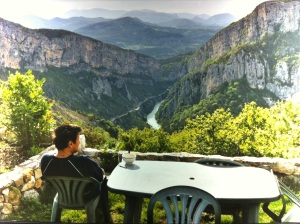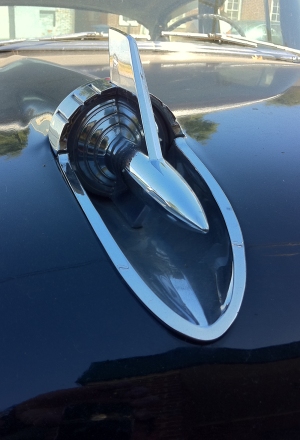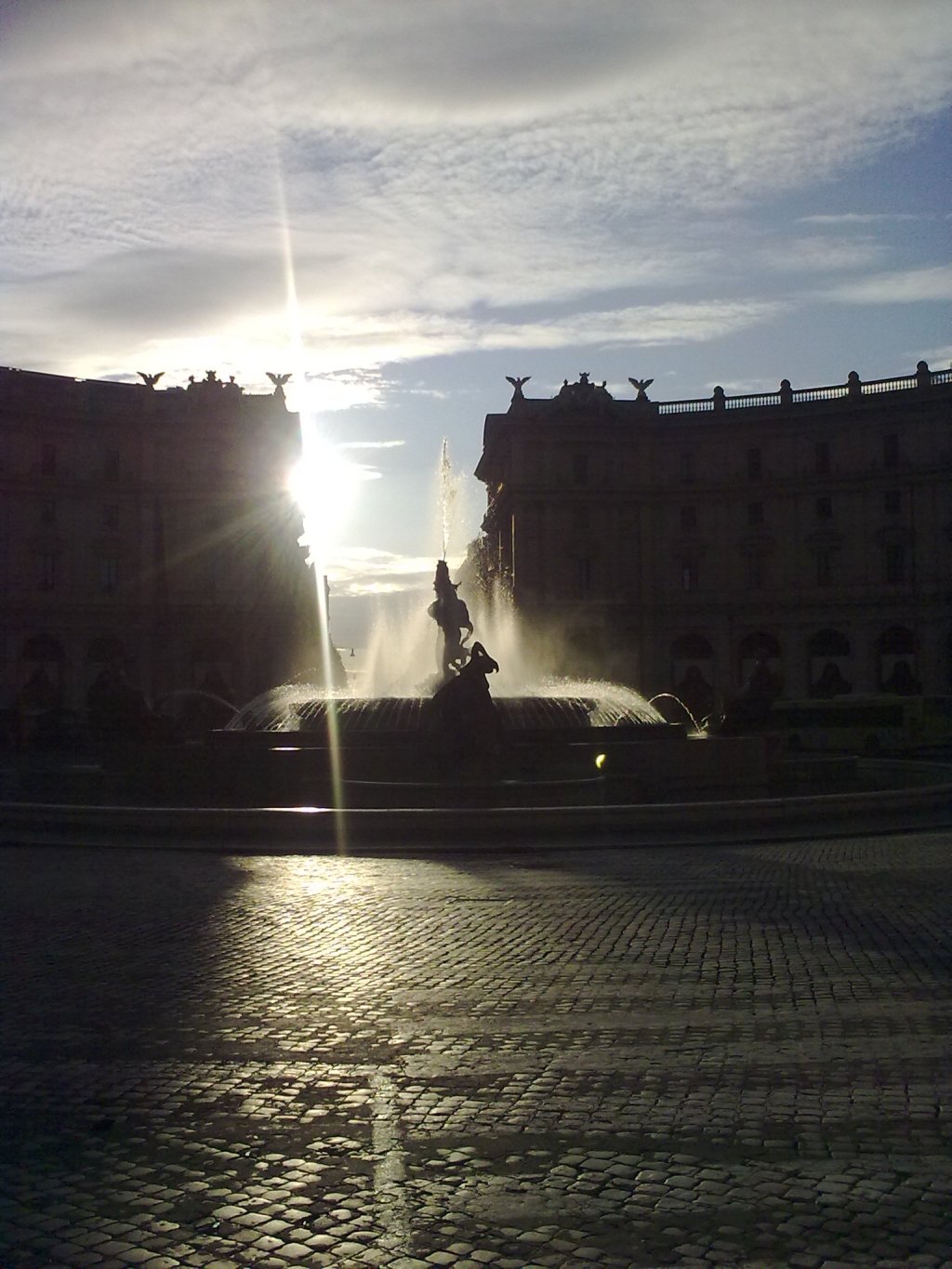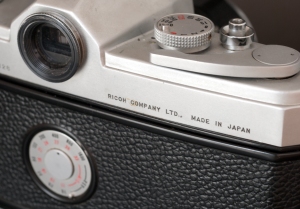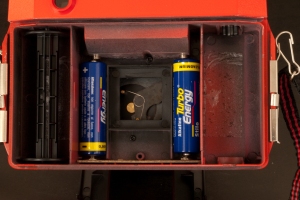Finding a product name that is not ridiculous or offensive when selling it to international audiences is difficult – there are famous examples of faceplants.

In the world of cars. Rolls Royce, for instance, has a tradition of naming its cars “Silver-something”, the “something” being a word evoking “ghosts” or “spirits”, in reference to the car that made them famous, the Silver Ghost of 1906.
It does not always work that well, though. Rolls Royce’s bread and butter model of the sixties was destined to be named “Silver Mist”, which unfortunately would have translated into “silver manure” in German. Germany was a market of significant importance for Rolls-Royce, and the issue was addressed in time: the model was launched as the “Silver Shadow”, which was better, although not that huge of an improvement. “Shadow” sounding pretty much like “Shade”, the German word for “pity” or “shame”.

Toyota had the same issue with a little two seater they were selling in the nineties – named MR2 in most of the markets, it was simply named MR in France because MR2, phonetically, would have sounded like “Merde” or “Merdeux” (“Shit”, or “Shitty”).
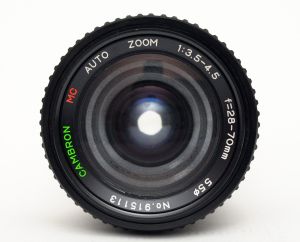
In this country, I was surprised to find lenses named “Cambron” – the private label of the Cambridge Camera Exchange store, in New York. They even had their own private label camera, the Cambron TTL, manufactured in the USSR by KMZ and sold all other the world as the Zenit TTL.
Cambronne was a general in Napoleon’s army at the Waterloo battle – when asked to surrender, he famously shouted what is still known in France as the “word of Cambronne”, “Merde!” (a word which in addition to meaning “shit” – as Toyota’s marketing department had found out – is also used in French to convey exasperation – a very impolite form of “go to hell”).

Speaking about French, a rather strong insult in that beautiful language is “connard” [pronounce ko-nar]. A “connard” is a despicable man, at the same time profoundly stupid, petty and mean. “A.. H..e” would probably be a good translation in modern English.
As I could not find a Cambron TTL, my consolation prize was a Konar 1000 – a very simple point and shoot camera with the looks of a SLR. The trademark belonged to a “Selectdirect Inc”, and has been available since 1987.

You could understand that a small photo equipment store in New York, NY or a company importing $1.00 cameras for the US market would not be bothered with checking what a name like Cambron or Konar meant to French people, but what about a large company with a global presence like Ricoh. In addition to their “Rikenon” lenses, they also sold a line of entry level lenses named “Riconar” – which in French sounds literally like the imperative form of “to laugh”, followed by an insult: “Laugh, A.. H..e”, what a name for a product.
What does a Konar look like?
When I found a Konar 1000 camera on Shopgoodwill.com, I had to have it.
The Konar 1000 is one of those ultra-simple cameras that look – from a distance – like a “real” rangefinder – it even has a small hump where the viewfinder of a reflex camera would be to add to the confusion. It was made in Taiwan in the mid eighties, was also sold under names such as Capital MX II or Ultronic, and was often given out for free with a magazine subscription (the Time Kinetic camera) or after a visit to a casino (there is a golden Caesar’s Palace version).

Technically, they’re all the same, and to my surprise, they’re real, functional cameras. They use 35mm film, have a single element fix focus lens (plastic, of course), and a single speed shutter. The aperture can be set at F/6, F/8, F/11 and F/16, but there is no metering or auto-exposure mechanism. The flash hot shoe is functional and the viewfinder – usable.

All in all, it does not look any worse than a Holga – and judging by pictures published by users of Capital MX cameras on Lomography.com, the results are somehow OK, considering the lens is a piece of plastic.
Buying a Konar?
They’re no Leica, they’re no Nikon, and have a very limited usage value. Objectively, considering you can get a Nikon autofocus SLR for $3.50, the value of a Konar should be expressed in cents, not in dollars. But sellers won’t be bothered selling a camera for 10 cents, so you’ll have to pay a few dollars to get one. In any case, shipping, packaging and handling costs will exceed the cost of the camera itself.

The same should be true for Cambron lenses – in theory a manual focus trans-standard zoom from the seventies sold under a distributor’s label is virtually worthless. But surprisingly, there are still people willing to engage on a bidding war to get one.


More about the Konar / Capital: Pictures taken with a Capital MX-II on Lomography.com
Another clone of the Konar: Time Magazine Kinetic camera

